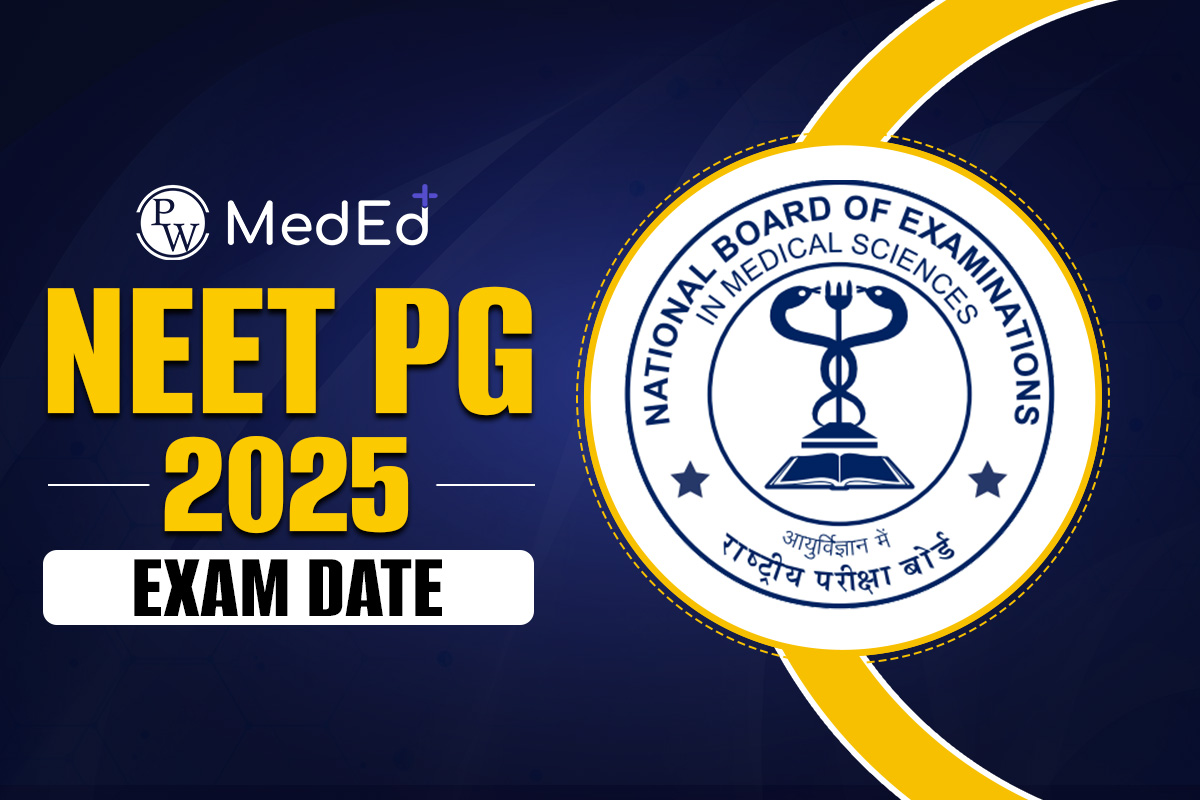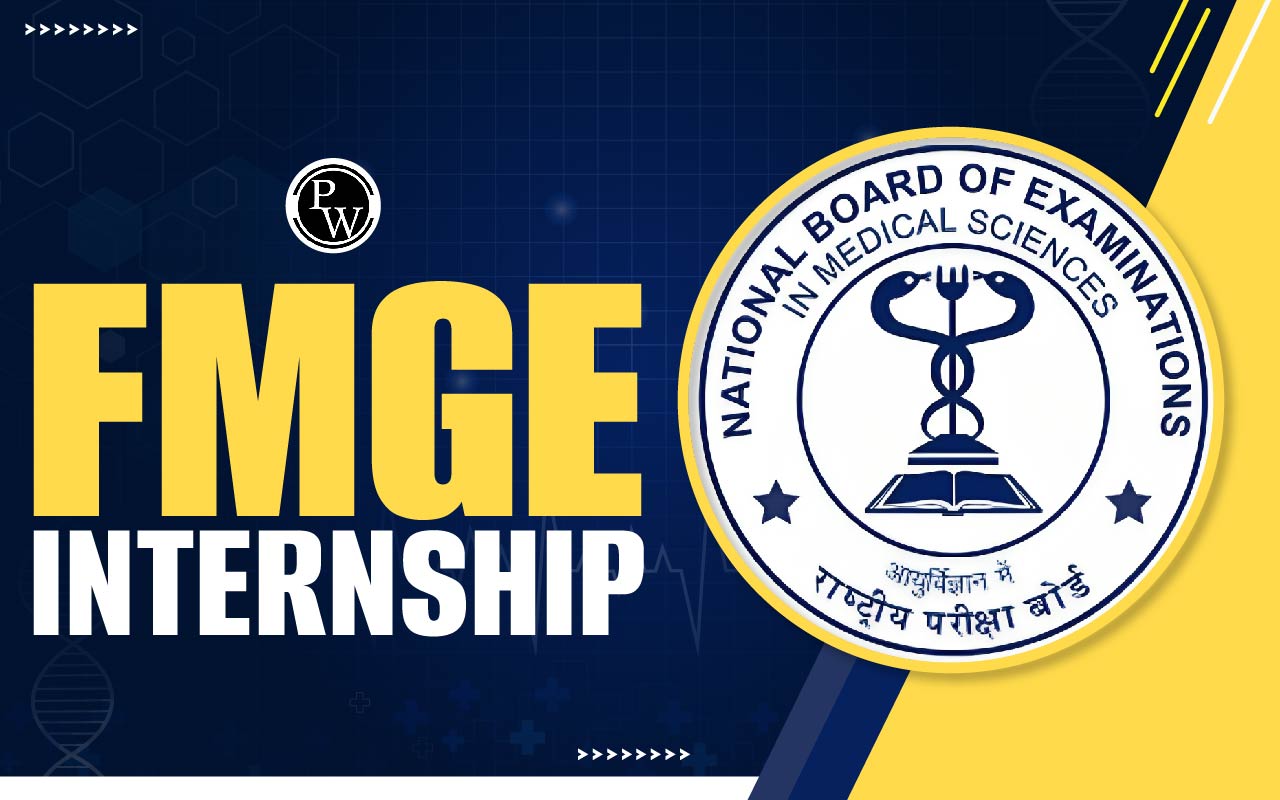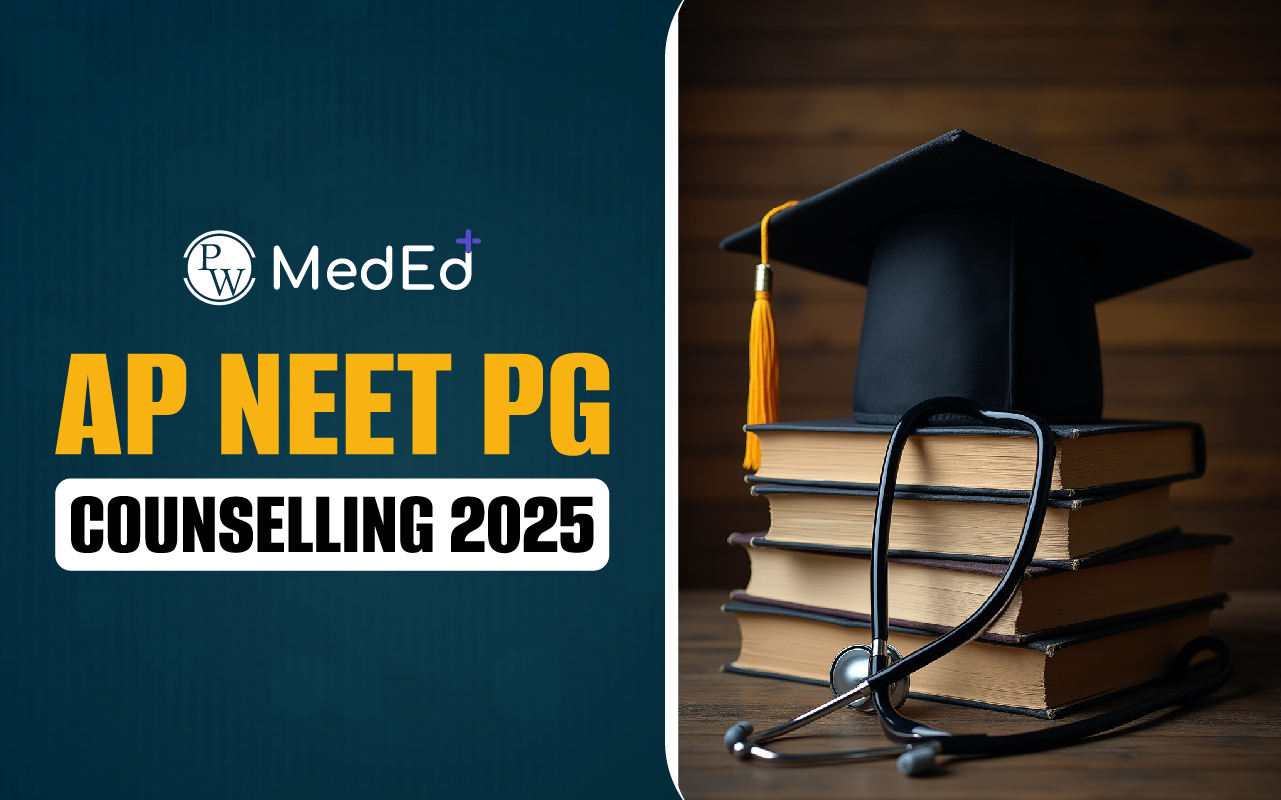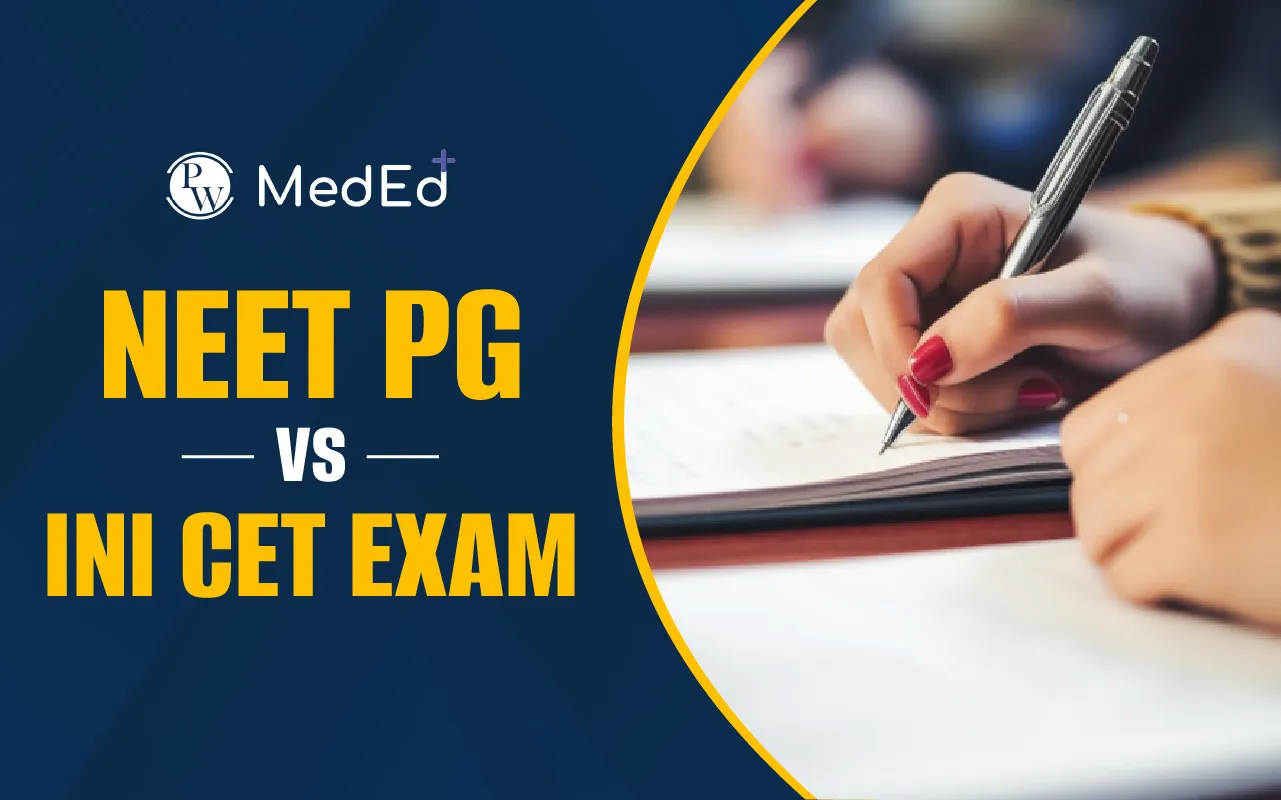
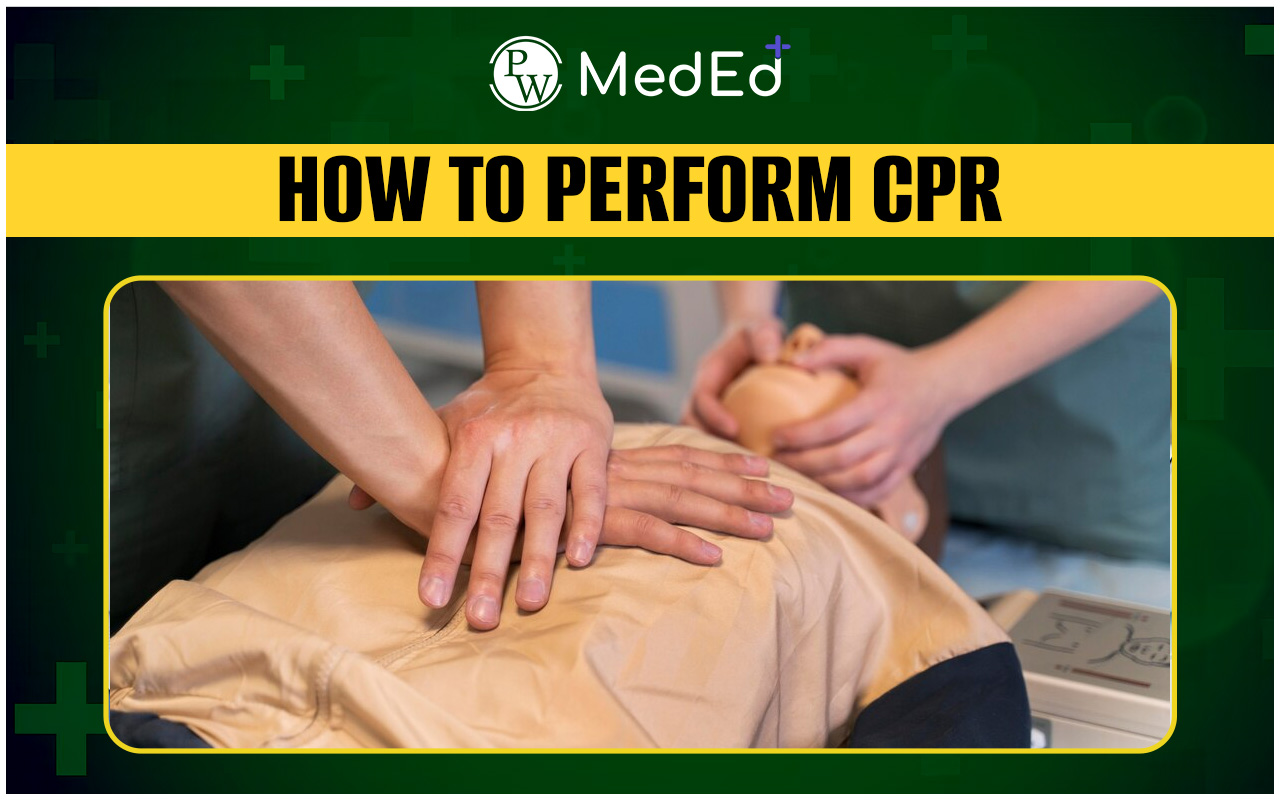
CPR Procedure: a procedure which make the difference between life and death. Cardiopulmonary Resuscitation, or CPR, is a life-saving procedure that can make the difference between life and death when someone’s heart or breathing stops. It keeps oxygen-rich blood flowing to the brain and other vital organs until emergency medical services (EMS) arrive. While it’s a simple technique, it requires confidence and quick action. Knowing how to perform CPR can help you save a life.
Visit - MedEd App
Read More - Pharyngeal Arches
What Is CPR?
CPR is a combination of chest compressions and rescue breaths. Chest compressions help maintain blood flow to the brain and heart, while rescue breaths provide oxygen to the lungs. These actions can sustain life until professional help arrives.When Should CPR Be Used?
CPR should be performed when someone is unresponsive and not breathing or only gasping. This may happen due to:- Cardiac arrest (heart stops beating)
- Drowning
- Choking
- Electric shock
- Drug overdose
Preparing to Perform CPR
Before you begin CPR, follow these steps:Check the Scene
Ensure the area is safe for you to enter. If the person is in a dangerous location (like a busy road), move them to a safer spot if possible.Check for Responsiveness
Tap the person’s shoulders and shout, “Are you okay?” If there is no response, they may need CPR.Call for Help
Ask someone nearby to call emergency services (911 or your local emergency number). If you’re alone, call for help before starting CPR.Check Breathing
Look for chest movement, listen for breathing sounds, and feel for breath on your cheek. If the person isn’t breathing or is only gasping, start CPR immediately.Send for an AED
If an Automated External Defibrillator (AED) is available, ask someone to bring it. An AED can provide electric shocks to restart the heart. Use it as soon as it arrives.Read More - Pelvis and Perineum
The Steps of CPR
CPR consists of chest compressions and rescue breaths. Here’s a step-by-step guide:Step 1: Chest Compressions
Kneel beside the person: Make sure they are lying flat on their back on a firm surface. Position your hands: Place the heel of one hand in the center of the person’s chest, just between the nipples. Place your other hand on top of the first hand, interlacing your fingers. Start compressions: Push hard and fast, pressing down at least 2 inches (5 cm) deep. Allow the chest to rise fully between compressions, but don’t lift your hands off the chest. Compression rate: Aim for a rate of 100-120 compressions per minute. A simple way to keep the rhythm is to compress to the beat of the song “Stayin’ Alive.” Continue compressions: Perform 30 compressions.Step 2: Rescue Breaths
Tilt the head: After the 30 compressions, tilt the person’s head back slightly and lift their chin to open the airway. Pinch the nose: Pinch the person’s nose closed, and cover their mouth with yours, forming a tight seal. Give 2 breaths: Blow into their mouth for about 1 second per breath, watching their chest rise. If the chest doesn’t rise, reposition their head and try again. Return to compressions: After giving 2 breaths, immediately return to chest compressions. Repeat the cycle of 30 compressions and 2 breaths.Step 3: Using an AED
If an AED arrives, stop CPR and use it immediately. Here’s how: Turn on the AED: Follow the voice prompts the AED gives. Attach the pads: Place the AED pads on the person’s bare chest as shown in the instructions. Allow the AED to analyze: The AED will analyze the heart rhythm and determine if a shock is needed. Deliver a shock if advised: If the AED advises a shock, make sure no one is touching the person, and press the shock button. Resume CPR: Whether a shock is delivered or not, resume CPR starting with chest compressions. Continue CPR Until Help Arrives Keep performing CPR until one of the following happens:- The person starts breathing or becomes responsive.
- A trained responder or EMS arrives to take over.
- You are too exhausted to continue.
- An AED is ready to use, and it advises you to stop CPR.
CPR FAQs
When does a person need CPR?
CPR is needed when someone is unresponsive and not breathing, or only gasping for air. This can happen due to cardiac arrest, drowning, choking, or other medical emergencies where the heart or breathing stops.
Should CPR be done on a conscious person?
No, CPR should not be performed on a conscious person. CPR is only necessary when a person is unconscious and not breathing.
Are rib fractures common in CPR?
Yes, rib fractures are relatively common during CPR, especially in older adults. The chest compressions need to be forceful enough to keep blood circulating, which can sometimes cause rib fractures. However, the immediate goal is to save the person’s life, and broken ribs are a secondary concern compared to the person’s survival.
What things can go wrong in CPR?
Some potential complications of CPR include rib fractures, internal injuries, and incorrect hand placement, which can reduce the effectiveness of compressions.
Talk to a counsellorHave doubts? Our support team will be happy to assist you!

Check out these Related Articles
Free Learning Resources
PW Books
Notes (Class 10-12)
PW Study Materials
Notes (Class 6-9)
Ncert Solutions
Govt Exams
Class 6th to 12th Online Courses
Govt Job Exams Courses
UPSC Coaching
Defence Exam Coaching
Gate Exam Coaching
Other Exams
Know about Physics Wallah
Physics Wallah is an Indian edtech platform that provides accessible & comprehensive learning experiences to students from Class 6th to postgraduate level. We also provide extensive NCERT solutions, sample paper, NEET, JEE Mains, BITSAT previous year papers & more such resources to students. Physics Wallah also caters to over 3.5 million registered students and over 78 lakh+ Youtube subscribers with 4.8 rating on its app.
We Stand Out because
We provide students with intensive courses with India’s qualified & experienced faculties & mentors. PW strives to make the learning experience comprehensive and accessible for students of all sections of society. We believe in empowering every single student who couldn't dream of a good career in engineering and medical field earlier.
Our Key Focus Areas
Physics Wallah's main focus is to make the learning experience as economical as possible for all students. With our affordable courses like Lakshya, Udaan and Arjuna and many others, we have been able to provide a platform for lakhs of aspirants. From providing Chemistry, Maths, Physics formula to giving e-books of eminent authors like RD Sharma, RS Aggarwal and Lakhmir Singh, PW focuses on every single student's need for preparation.
What Makes Us Different
Physics Wallah strives to develop a comprehensive pedagogical structure for students, where they get a state-of-the-art learning experience with study material and resources. Apart from catering students preparing for JEE Mains and NEET, PW also provides study material for each state board like Uttar Pradesh, Bihar, and others
Copyright © 2025 Physicswallah Limited All rights reserved.


